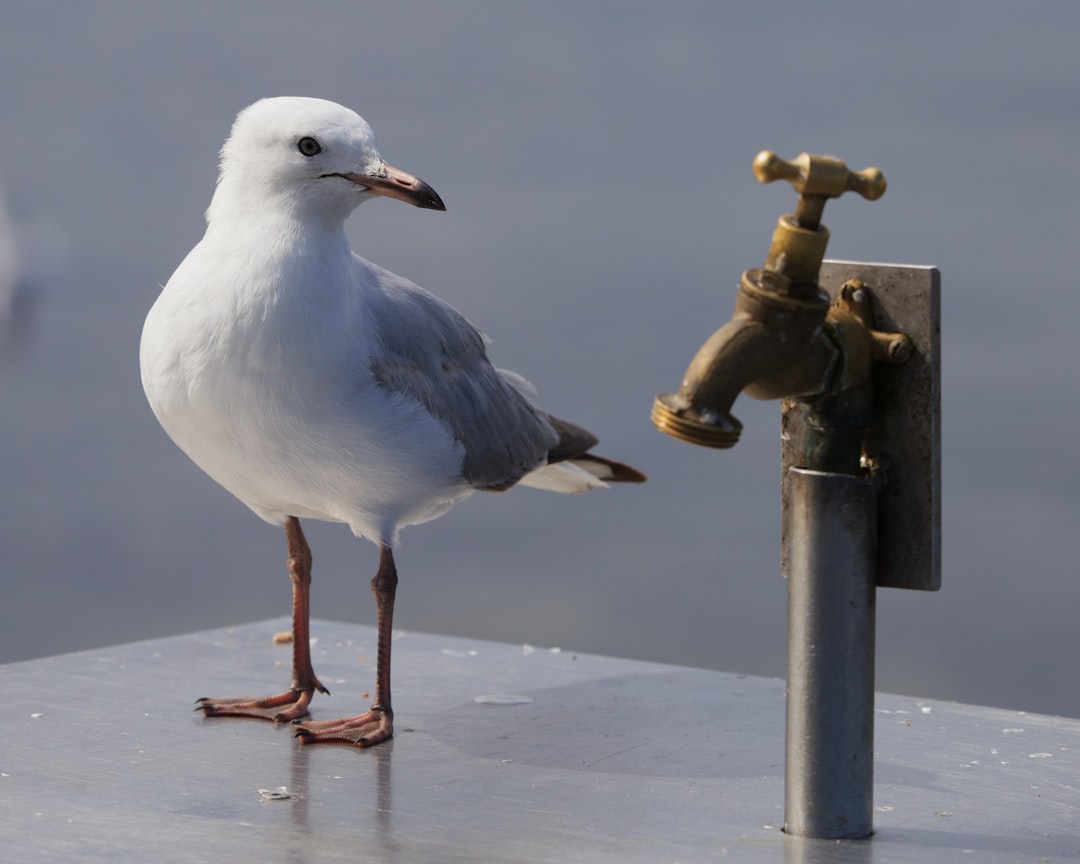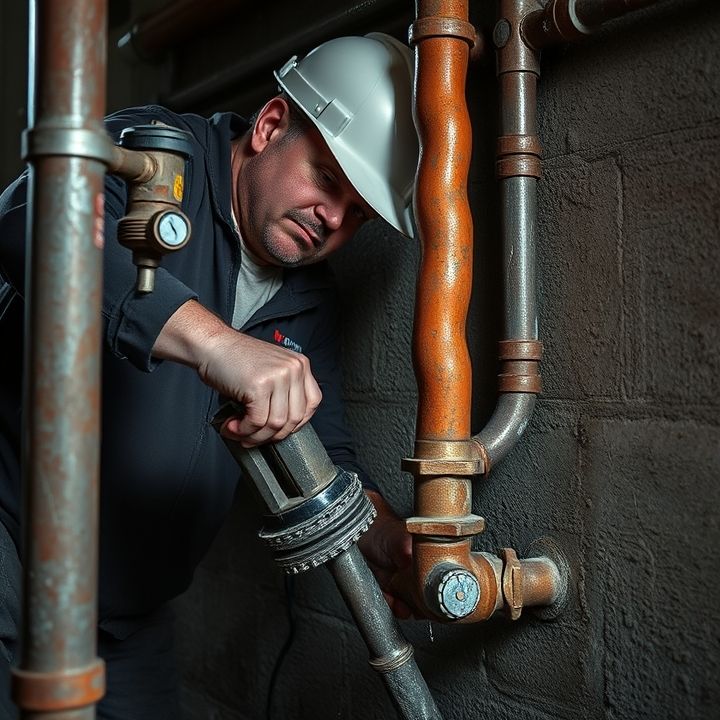Table of Contents
- Introduction
- Hidden leaks in plumbing systems
- Running toilets causing water waste
- Malfunctioning plumbing fixtures
- Failing water heaters leading to excess usage
- Sewer line issues resulting in increased consumption
- Clogged drains creating pressure and leaks
- Pipe bursts leading to significant water loss
- Improperly installed plumbing fixtures or lines
- Conclusion
- Frequently Asked Questions
Introduction
Are you tired of watching your water bills rise each month without understanding why? You might be dealing with hidden plumbing problems that are quietly causing chaos behind your walls and under your floors.
From small leaks that go unnoticed to deteriorating pipes that could burst at any moment, these issues can lead to an enormous spike in costs. Imagine pouring money down the drain, quite literally!
In this article, we’ll uncover the sneaky plumbing troubles that can wreak havoc on your wallet, all while providing insights into how you can spot them before it’s too late. From mysterious damp spots in your home to unusual sounds coming from your plumbing, we’ll guide you through the tell-tale signs that something is amiss.
Don’t let another month pass by with high water bills—let’s dive deep into the world of plumbing and discover the hidden issues that could cost you dearly.
Hidden leaks in plumbing systems
Hidden leaks in plumbing systems can significantly contribute to higher water bills, often without homeowners being aware of the problem. These leaks can occur in various places, including behind walls, under floors, or within the plumbing system itself. Often, they develop slowly over time, making them difficult to detect until they have caused substantial damage or cost.
Common signs of hidden leaks include water stains on walls or ceilings, an unusually high water bill, or the sound of running water when all fixtures are turned off. In some cases, changes in water pressure may also indicate a leak. The consequences of ignoring hidden leaks can be severe, leading to water damage, mold growth, and structural issues in the home.
To prevent hidden leaks from causing expensive repairs and increased bills, homeowners should conduct regular inspections of their plumbing system, paying close attention to areas that are not easily visible. Engaging a professional plumber for a thorough check can help identify potential issues before they escalate, ensuring the plumbing system remains efficient.
Running toilets causing water waste
A running toilet is a common plumbing issue that can lead to significant water waste and increased water bills. This problem usually occurs when the toilet’s flapper valve, which controls the flow of water from the tank to the bowl, fails to seal properly. As a result, water continuously leaks from the tank into the bowl, causing the toilet to constantly refill itself.
One of the most troubling aspects of a running toilet is that homeowners often do not realize the extent of the issue until their water bill arrives. Even a minor leak can waste gallons of water each day, leading to unnecessary charges.
In addition to financial implications, this ongoing water waste can contribute to a decrease in water availability in the broader community, making it an environmental concern as well. Identifying the signs of a running toilet—such as a hissing sound or water constantly cycling in the tank—is crucial. Regular maintenance and timely repairs can prevent this problem and save both water and money.
Malfunctioning plumbing fixtures
Malfunctioning plumbing fixtures can significantly contribute to increased water bills. These fixtures, which include faucets, toilets, and showerheads, are designed to regulate water flow efficiently. However, when they begin to malfunction, they can lead to leaks or continuous water flow. For instance, a leaking faucet can waste gallons of water each day, which translates directly to higher costs on your water bill. Similarly, toilets that run continuously due to faulty flappers or fill valves can consume an excessive amount of water.
Another common issue is the improper functioning of showerheads. If a showerhead is clogged or not installed correctly, it may either restrict water flow or cause it to leak, both of which can impact your overall water usage.
Furthermore, malfunctioning fixtures can often go unnoticed, allowing water waste to accumulate over time. Regular maintenance and prompt repairs of these fixtures are crucial in preventing unexpected spikes in water bills. Homeowners should be vigilant to identify signs of malfunctioning fixtures to mitigate unnecessary expenses.
Failing water heaters leading to excess usage
Failing water heaters can significantly contribute to an increase in water bills due to a variety of factors. When a water heater begins to fail, it may not heat water efficiently, leading to longer usage times in an attempt to achieve the desired water temperature. This inefficiency often results in increased energy consumption, affecting both the heating bill and the overall water bill.
Additionally, leaks around the water heater can cause water to drip continuously, wasting water even when appliances are not in use. This unnoticed leakage can escalate, resulting in a considerable rise in monthly water costs. Moreover, sediment buildup in the tank can affect the heater’s performance, causing it to work harder and use more energy, which indirectly increases water bills as users compensate by using more hot water.
Regular maintenance and timely repairs are essential to prevent these issues and keep water usage—and therefore bills—under control. Homeowners should be vigilant for signs of a failing water heater to avoid unanticipated costs.
Sewer line issues resulting in increased consumption
Sewer line issues can significantly contribute to increased water bills, often due to hidden leaks and blockages that lead to water wastage. When there is a break or crack in the sewer line, wastewater may seep into the surrounding soil, causing a loss of usable water. This not only affects the efficiency of your plumbing system but can also lead to higher consumption readings on your water bills.
Moreover, blockages in the sewer line can cause water to back up and create the illusion of higher water usage. Homeowners may resort to using more water to flush toilets or run faucets in an attempt to alleviate the problem. Additionally, tree root intrusion can damage the sewer pipes, leading to leaks and further increasing water consumption.
It is essential to address any signs of sewer line issues promptly. Regular maintenance and inspection can help identify potential problems before they escalate, ultimately saving homeowners from the financial burden of increased water bills due to plumbing issues.
Clogged drains creating pressure and leaks
Clogged drains can be a significant cause of increased water bills, as they create unnecessary pressure within the plumbing system. When drainpipes become obstructed by debris such as hair, grease, or food particles, water cannot flow freely. This buildup leads to increased pressure in the pipes, making it harder for water to drain away.
As a result, homeowners may notice that multiple fixtures are draining slowly, prompting an increase in water usage as they attempt to alleviate the clog. In severe cases, the pressure can lead to leaks in the plumbing.
Leaks can occur at joints and fittings, allowing water to escape into walls or floors. This not only escalates water bills but can also result in costly repairs if the leaks are not addressed promptly.
Moreover, the pressure caused by clogged drains can exacerbate existing issues, leading to more serious plumbing problems over time. Regular maintenance and prompt attention to clogged drains can help mitigate these risks and manage water expenses effectively.
Pipe bursts leading to significant water loss
Pipe bursts are a serious plumbing issue that can lead to significant water loss and subsequent increases in water bills. When a pipe ruptures, water can escape rapidly, causing excessive wastage. This not only impacts the environment but also places a financial burden on homeowners and businesses alike. Factors that contribute to pipe bursts include age, corrosion, extreme temperature changes, and improper installation.
Upon bursting, pipes can release hundreds of gallons of water within a short time, leading to noticeable spikes in water usage. Often, these bursts occur in hidden areas, making them difficult to detect until damage has already been done. Signs of a burst pipe may include sudden drops in water pressure and water spots on ceilings or walls.
Moreover, if the burst pipe is underground, the resulting water pooling can create further complications, such as erosion and damage to foundations. Addressing this issue promptly with professional plumbing services is essential to minimize water loss and prevent larger, more costly repairs in the future.
Improperly installed plumbing fixtures or lines
Improperly installed plumbing fixtures or lines can lead to significant increases in water bills due to leaks, reduced efficiency, and other related issues. When plumbing fixtures, such as faucets and toilets, are not correctly installed, they may not create a proper seal, resulting in unwanted water escape. This can go unnoticed for a long time, steadily adding to the monthly water expense.
Moreover, poorly aligned pipes can cause water to flow unevenly, creating pressure problems that lead to leaks. High water pressure can strain plumbing fixtures, increasing the likelihood of cracks and breaks, which further exacerbate the situation. Additionally, improper slope in drain lines can result in standing water, fostering leaks and encouraging mold growth.
Homeowners should ensure that installations are carried out by qualified professionals who adhere to local plumbing codes. Regular inspections can also help identify any potential plumbing issues before they escalate, ultimately saving on water bills and preventing costly repairs.
Conclusion
In conclusion, hidden plumbing problems can significantly impact your water bills and overall home efficiency. From unnoticed leaks to malfunctioning fixtures, the issues discussed throughout this article highlight the importance of regular plumbing maintenance and prompt repairs. By staying vigilant and identifying these common plumbing problems early, homeowners can prevent unexpected spikes in water bills and costly repairs. It’s essential to pay attention to signs such as water stains, unusual water pressure changes, and increased consumption readings, which may indicate underlying issues. If you suspect any plumbing problems or wish to schedule a thorough inspection, don’t hesitate to reach out for professional assistance. Call 573-555-2121 today to ensure your plumbing system is running efficiently and to safeguard your home from future issues. Protect your finances and your home by taking action now!

